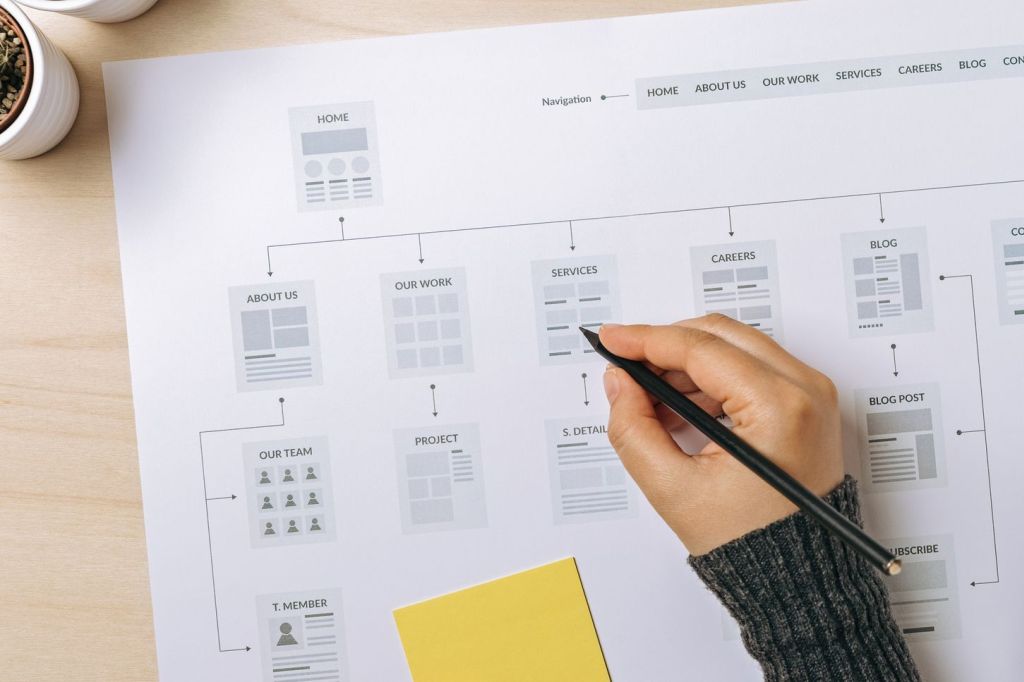Integrating innovative tools like HCSticky can significantly enhance user experience on websites. For web developers, UX designers, and content managers, understanding how to leverage HCSticky is essential to creating intuitive and engaging web environments. This guide explores the potential of HCSticky, providing insights into its implementation and optimization to elevate user satisfaction.
Understanding HCSticky and Its Role in Web Design
HCSticky stands out as a versatile plugin designed to keep elements like headers, menus, or sidebars fixed on the browser viewport as users scroll. This functionality ensures key navigational components remain accessible, reducing the friction often caused by extensive scrolling. For web designers aiming to optimize user journeys, incorporating HCSticky can transform how visitors interact with their content.
Websites with dynamic content greatly benefit from sticky elements. By ensuring important features remain visible, HCSticky streamlines navigation, keeping users engaged and reducing the likelihood of them leaving the site prematurely. The simplicity of integrating HCSticky into existing frameworks makes it a valuable asset for any web project.
Beyond navigation, HCSticky contributes to a polished and professional website appearance. Consistent access to crucial links or information enhances credibility and usability, encouraging users to explore more content without getting lost in the sea of data.
Unpacking the Benefits of HCSticky for User Experience
One of the primary advantages of using HCSticky is the reduction in scrolling. Users can easily access menus or call-to-action buttons without having to scroll back to the top of the page. This not only saves time but also enhances the overall browsing experience, making it more enjoyable and efficient.
Enhanced navigation is another significant benefit. With HCSticky, users can seamlessly switch between different sections or pages without losing their place. This is particularly useful for content-heavy sites where users need quick access to various parts of the website.
Increased engagement naturally follows improved navigation. When users find a site easy to explore, they’re more likely to spend time interacting with the content. This can lead to lower bounce rates and higher conversion rates, as visitors are more inclined to stay on the site and take desired actions, such as making a purchase or signing up for a newsletter.

Implementing HCSticky: A Step-by-Step Guide
Adding HCSticky to your website involves a few straightforward steps. Start by downloading the HCSticky plugin and including it in your project’s directory. Then, link the HCSticky script to your HTML file to enable the plugin’s functionality across your web pages.
Incorporate the following code snippet into your HTML to activate HCSticky:
“`
<script src=”path/to/jquery.js”></script>
<script src=”path/to/jquery.hc-sticky.js”></script>
<script>
$(document).ready(function() {
$(‘#my-sticky-element’).hcSticky();
});
</script>
“`
Ensure you adapt the `#my-sticky-element` ID to match the element you wish to make sticky. Customize parameters within the HCSticky function to refine its behavior, such as adjusting the top and bottom spacing or controlling the responsive design settings.
For optimal performance, test the sticky elements across various devices and browsers. This ensures the solution works seamlessly for all users, regardless of how they access your site.
Real-World Success Stories with HCSticky
Several websites have successfully implemented HCSticky to elevate user experience. Consider e-commerce platforms that utilize sticky headers to keep shopping cart summaries visible, facilitating easy access for customers ready to make a purchase.
Another example is news sites that employ sticky sidebars for quick navigation between categories. This setup helps readers effortlessly transition between topics, enhancing their engagement and satisfaction with the site’s content.
Bloggers also benefit by using sticky elements for social media sharing buttons. Keeping these accessible encourages readers to share posts, increasing visibility and driving traffic back to the site.
Measuring the Impact of HCSticky on User Engagement
Tracking the success of HCSticky involves monitoring key metrics such as page views, average time on site, and bounce rates. Tools like Google Analytics provide insights into how users interact with sticky elements and whether these features lead to improved engagement.
Conduct A/B testing to compare the performance of pages with and without HCSticky. This approach helps determine the tangible benefits of sticky elements for your specific audience and content.
Feedback from users can further illuminate the effectiveness of HCSticky. Surveys or feedback forms can capture qualitative data, offering valuable insights into how sticky elements influence user satisfaction and site usability.
Optimizing HCSticky for Maximum Effectiveness
To make the most of HCSticky, tailor it to suit the specific needs of your website and audience. Consider the placement of sticky elements, ensuring they don’t obstruct important content or become too intrusive.
Balance is key—while sticky elements should enhance navigation, they shouldn’t overwhelm the user experience. Adjust settings such as transparency or auto-hide features to maintain focus on the main content.
Stay informed about updates or enhancements to the HCSticky plugin. Keeping the tool up-to-date ensures compatibility with the latest web technologies and standards, maintaining optimal performance and security.
Concluding Thoughts on HCSticky’s Role in Enhancing Experience
Leveraging HCSticky can transform user interactions by simplifying navigation and improving accessibility. For web developers, UX designers, and content managers, mastering this tool offers a competitive edge, ensuring visitors enjoy a seamless and engaging browsing experience.
By integrating HCSticky, you not only enhance usability but also foster a deeper connection with your audience. For those eager to explore its full potential, continuous experimentation and adaptation are key to aligning sticky elements with evolving user needs and preferences.

